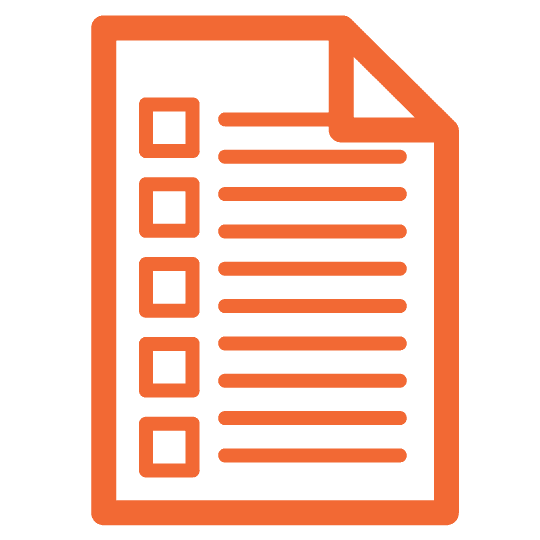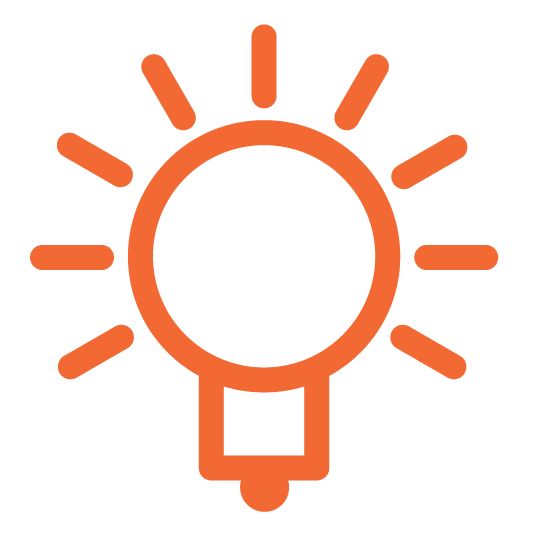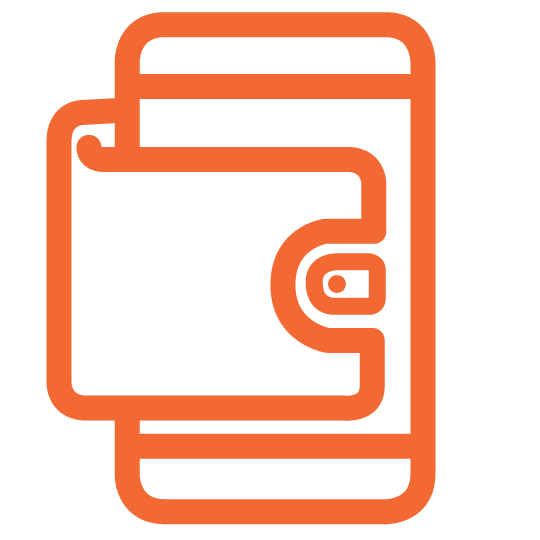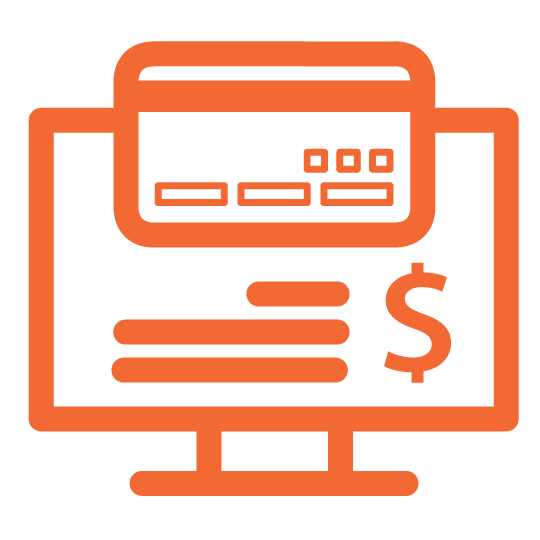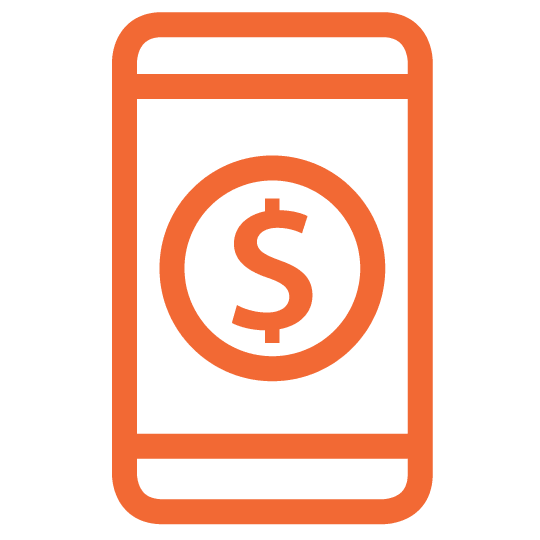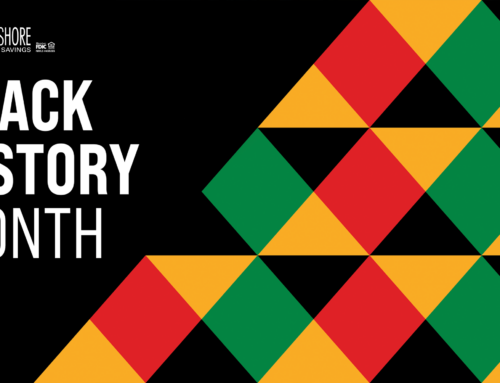INCOME AND EXPENSES
Making and spending money is a part of everyday financial life.
Managing your money successfully relies on figuring out your income and expenses. This boils down to how much money you have coming in, and how you’re spending the money you have. Using those two factors, you can compare your resources with the amount of money you spend on a monthly basis and plan what you expect to spend in the future. It also allows you, if necessary, to determine where you can cut costs so you can save, invest, or get out of debt.
Sources of Income
In most cases, income comes from salary or wages, government benefits (such as Social Security), and investment income. Income can be variable, it changes, which is one of the reasons that budgets are not set in stone. Earnings in particular frequently change: most people expect that earnings will increase over time the longer they are in the working world, gaining more experience and earning power.
Expenses
Just as fast as income arrives, money goes back out to pay for a seemingly endless list of expenditures, including housing, utilities, phone and internet, transportation—and that’s just basic monthly expenses. There’s also insurance, healthcare and child care, credit card bills, groceries, and clothing, among countless other things that chip away at income.
In addition to the funds going out to pay bills, there are other expenses that should be built into a spending, like money to build a savings account, grow an investment portfolio, and plan for retirement.
The Numbers in Black and White
There are just a few simple steps involved in getting a handle on your monthly income and expenses:
- Record your monthly income.
- List your fixed monthly expenses.
- Calculate nonmonthly fixed expenses, or bills that you pay every quarter or six months.
- Compile a list of your variable monthly expenses (your expenses that change).
- Compare what’s coming in with what’s going out.
Your ability to spend on necessities, as well as on things you would like to have or do, depends on the number you come up with. If you don’t have enough income, or if you spend more than you have, your cash flow will be negative, rather than positive. This can make it much harder to pay your bills, secure loans, and afford the things that you want to buy. It also means that you may be relying on credit cards or other forms of debt to make ends meet.
Turning a negative cash flow into a positive one is the only way to lead a secure financial life and set the stage for a secure financial future. It is true that some reasons for a negative cash flow may be beyond your control. But there are others that you should be able to avoid, like allowing variable and discretionary expenses to outstrip your income.
If you see that there’s a shortfall, there are two ways to reverse the situation:
- You can reduce your spending.
- You can increase your income.
It would certainly be handy to increase your income — though it would still be possible to have a negative flow with a huge income if you weren’t careful. But in reality, it’s a whole lot easier to reduce your spending to match the income you already have.
Creating a spending plan is a flexible, evolving process. It helps you draw a precise picture of what you have available to spend, compared with what you can afford to spend, along with what you’re actually spending. Having a practical spending plan helps ensure that your income and expenses exist in a balance that works in your favor.
Income and expenses can exist in harmony, but it takes effort and commitment.
